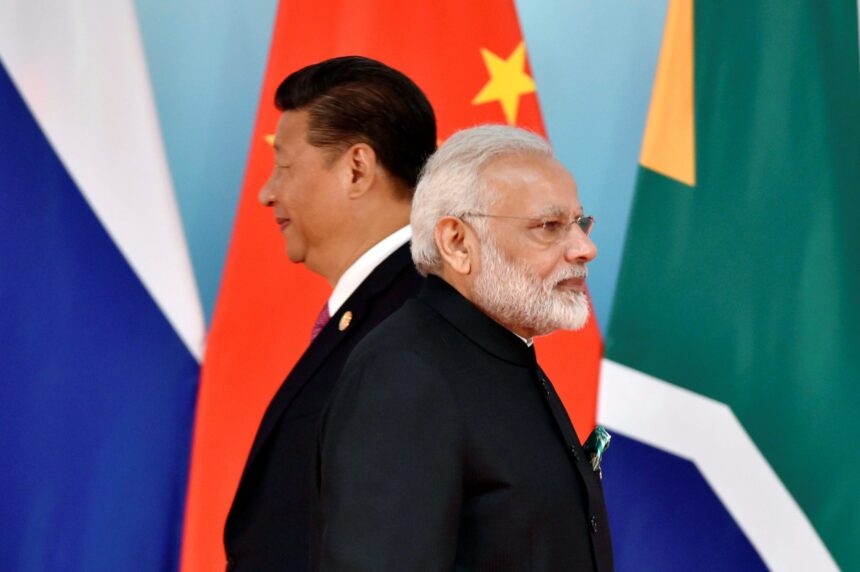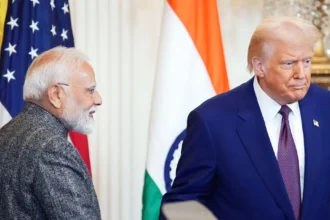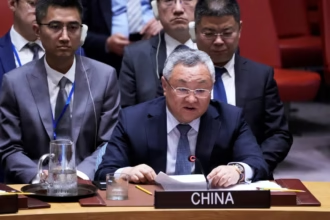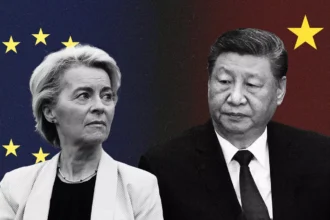China and India, Asia’s two most populous nations and fastest-growing economies, remain rivals in many respects—disputing borders, competing for regional influence, and seeking dominance in key industries like technology and defense. Yet beneath this rivalry lies an undeniable reality: both countries increasingly need each other to navigate a turbulent global landscape marked by slowing growth, shifting trade dynamics, and escalating geopolitical risks.
Economic Complementarity
Despite their differences, China and India are economically complementary in many ways. China is the world’s manufacturing powerhouse, with unmatched supply chain capacity, while India has established itself as a global services hub with strengths in IT, software, and digital innovation.
For India, Chinese goods remain essential—from electronics to machinery—despite New Delhi’s push for self-reliance. For China, India’s enormous consumer base and youthful workforce represent opportunities to offset slowing demand at home and a shrinking population.
Bilateral trade reflects this dependency: in 2023, trade between the two countries surpassed $135 billion, with China remaining India’s largest source of imports. While India runs a significant trade deficit, the interdependence highlights how decoupling is far easier said than done.
Shared Pressures from the West
Both Beijing and New Delhi are facing heightened scrutiny from Western powers. China has seen a surge in restrictions on its technology exports, investment flows, and access to Western markets. India, meanwhile, is trying to balance its strategic partnership with the U.S. against its tradition of non-alignment.
Amid Western protectionism and supply chain diversification, China and India share an interest in strengthening regional resilience. Collaboration in multilateral forums like BRICS, the Shanghai Cooperation Organization (SCO), and the G20 allows them to push back against narratives of Western dominance and present themselves as leaders of the Global South.
Energy and Security Intersections
Energy security is another driver of cooperation. Both China and India are among the world’s largest importers of oil and gas, heavily reliant on Middle Eastern suppliers. Coordinating strategies—whether through joint investment in infrastructure or dialogue on energy routes—could help stabilize costs and ensure access.
Security is more complicated. The two nations remain locked in a bitter Himalayan border dispute, which has sparked deadly clashes in recent years. However, both understand that prolonged military escalation would derail their economic priorities. Instead, pragmatic dialogue—sometimes through back channels—ensures tensions don’t boil over into a wider conflict.
The Technology Race
Technology competition is both a dividing line and a potential bridge. India is pushing to become a semiconductor hub, while China is investing heavily to reduce reliance on Western tech. Despite restrictions, Chinese hardware and manufacturing expertise remain crucial for India’s fast-growing digital economy.
Conversely, India’s software capabilities and burgeoning startup ecosystem could provide synergies for Chinese firms looking to expand beyond domestic borders, particularly in fintech, e-commerce, and AI. Cooperation in technology—while politically sensitive—offers both strategic and commercial gains.
A World in Flux
The global context underscores why China and India need each other now more than ever. The U.S.-China rivalry, disruptions from the Russia-Ukraine war, energy market volatility, and climate challenges all create uncertainty. In this environment, cooperation between the two Asian giants—even limited and pragmatic—can provide stability and help them assert greater influence on global governance structures.
Neither side is naïve about the other’s ambitions. But realpolitik dictates that competition must coexist with collaboration. For India, engaging with China mitigates risks of isolation in Asia. For China, maintaining channels with India ensures it does not face a united U.S.-India containment strategy.
Conclusion
China and India may remain rivals, but they are also bound by necessity. Their relationship is unlikely to transform into an alliance, but it doesn’t need to. What both countries recognize is that disengagement would come at too high a cost—not just for their economies, but for their roles in shaping the future of global power.














